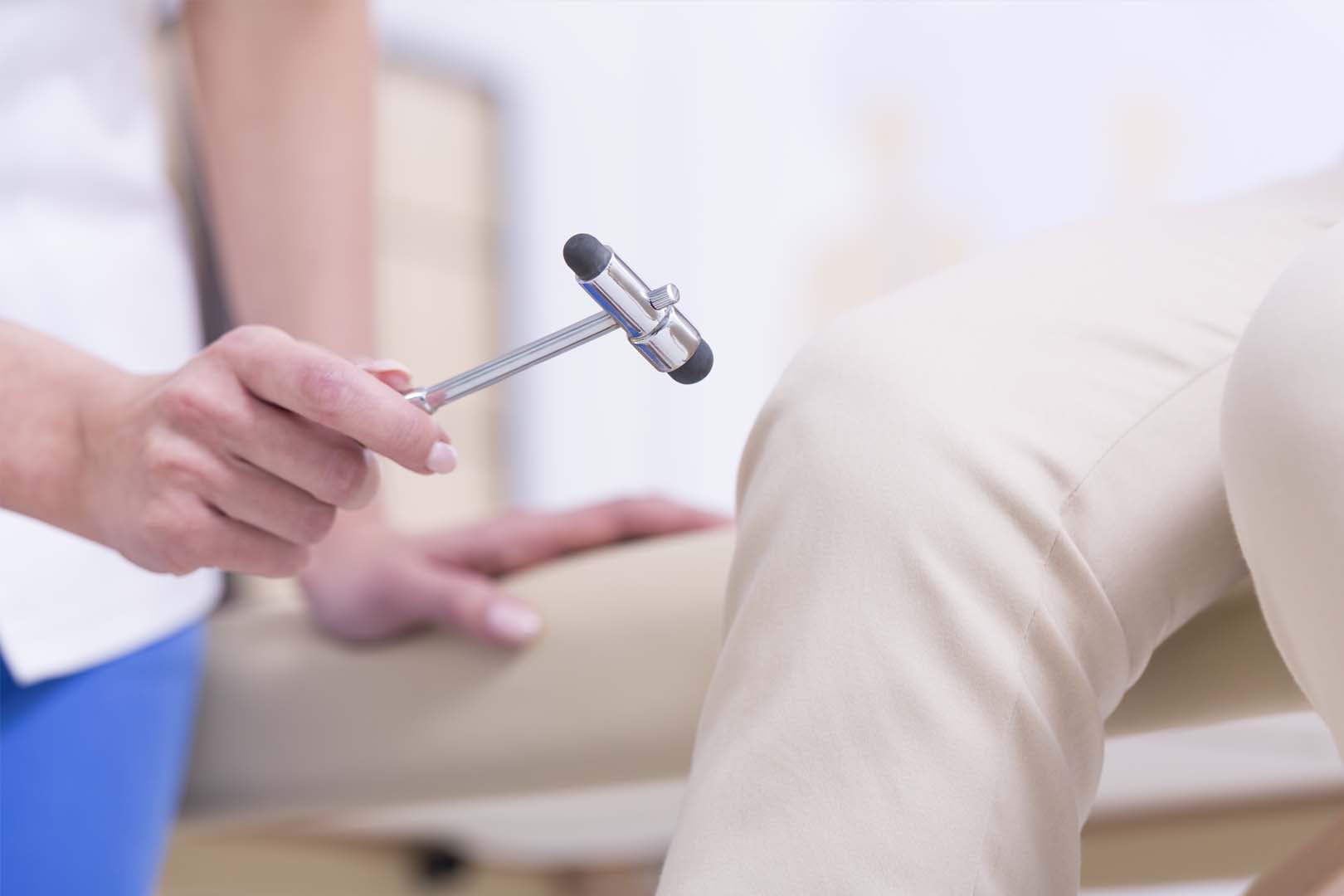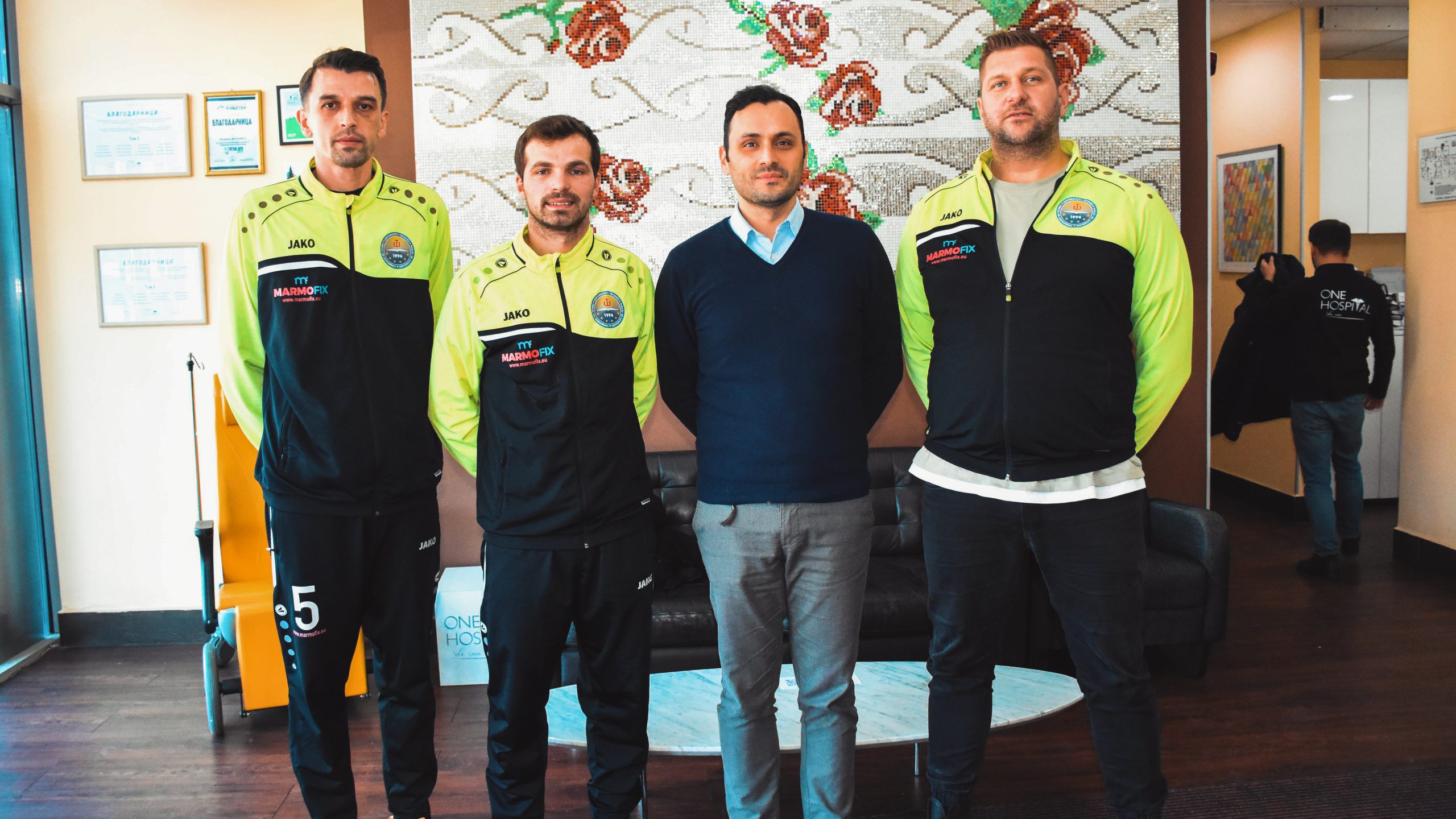Categories
EMNG – Electromyonegrophy is a diagnostic method for investigating peripheral nerve disorders and skeletal muscle diseases. The method is relatively non-invasive. It is performed without any special preparation of the patient.
The method is performed in two stages. The patient is lying or sitting in a well-lit and warm room. In the first phase, the peripheral nerves, usually the hands and feet are examined. The examiner, with the help of a special stimulator, excites the peripheral nerves at precisely the points of stimulation along the peripheral nerve. During this stage of the examination, the patient may feel a slight tingling sensation at the sites where the electrical stimulus is applied, which lasts several milliseconds.
The second stage is known as needle myography. This stage examines the skeletal muscle, which is innervated by the appropriate peripheral nerves. It is performed using a thin, specially designed needle for that purpose, which is inserted at one or more points in the muscle. During insertion of the needle electrode into the muscle, the patient may feel very little pain and discomfort at the site of insertion.
The method lasts 15 minutes up to an hour, depending on how many muscles and nerves are affected. There is no risk of bleeding. Contraindications to the method are varicose veins of the feet, topical infections and sores on the skin of the hands and feet and patients on oral anticoagulant therapy.
EEG – Electroencephalography is a non-invasive diagnostic method that is used to record cortical brain activity. It is a functional method that gives insights into brain activity at the time of recording. It is an invaluable diagnostic method in diagnosing epilepsy. The method is performed in a quiet, secluded, darkened room. The patient lies or usually sits, seated in a comfortable chair.
The method of performing the method consists of placing the surface electrodes on the scalp or the surface of the head, after which the patient is instructed to relax. During the recording, the patient is repeatedly required to alternately open and close his eyes and then breathe deeply several times. Native electroencephalography does not last longer than 25-30 minutes.
If it is an EEG scan after a sleepless night, the patient is required to fall asleep during the recording in order to provoke electroencephalographic abnormalities, which occur more often during sleep. The method is safe, does not cause any side effects and does not require special patient preparation. The only relative contraindications are patients with severe cardiopulmonary disease and increased intracranial pressure, which may be exacerbated during forced hyperventilation.







